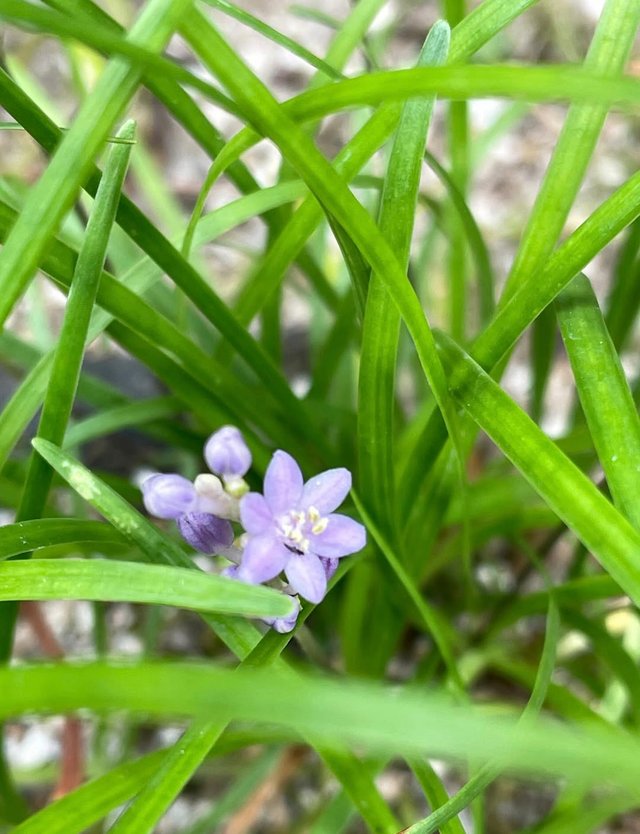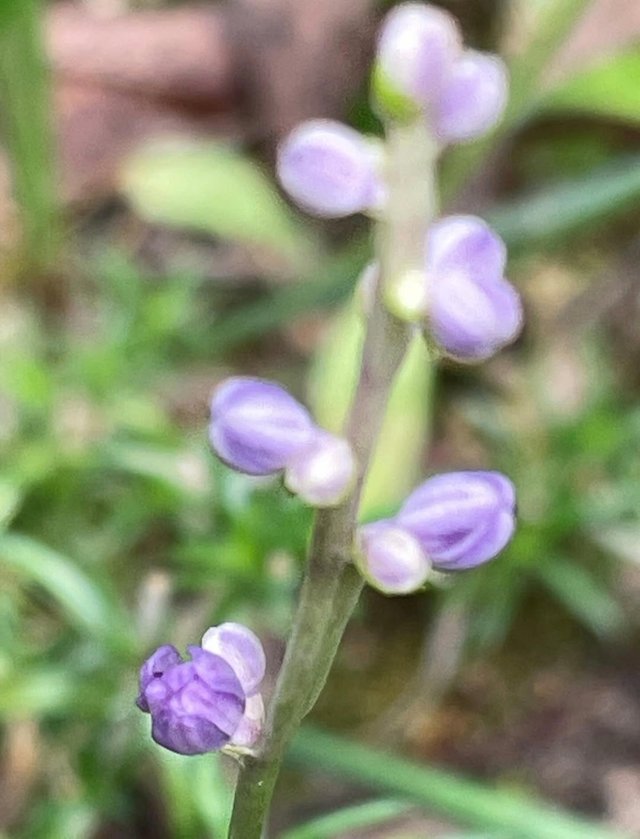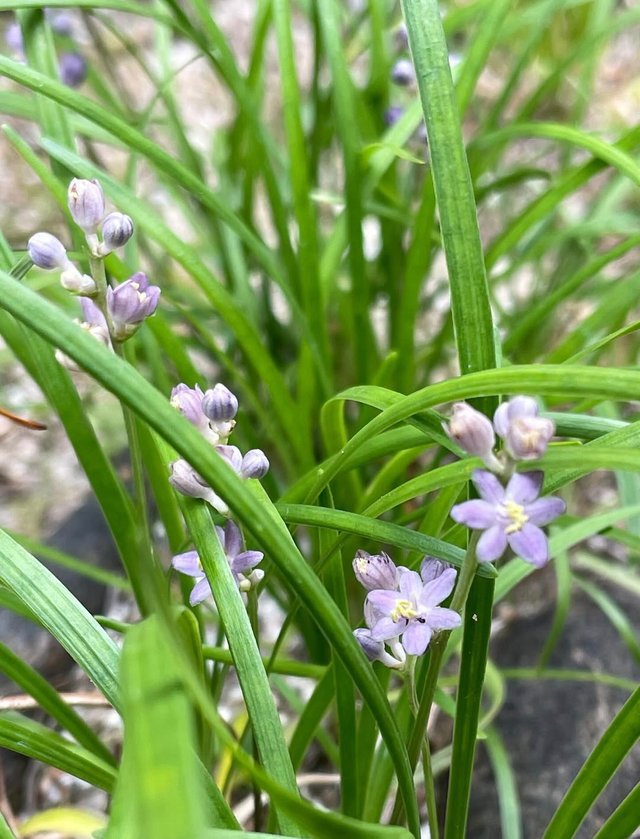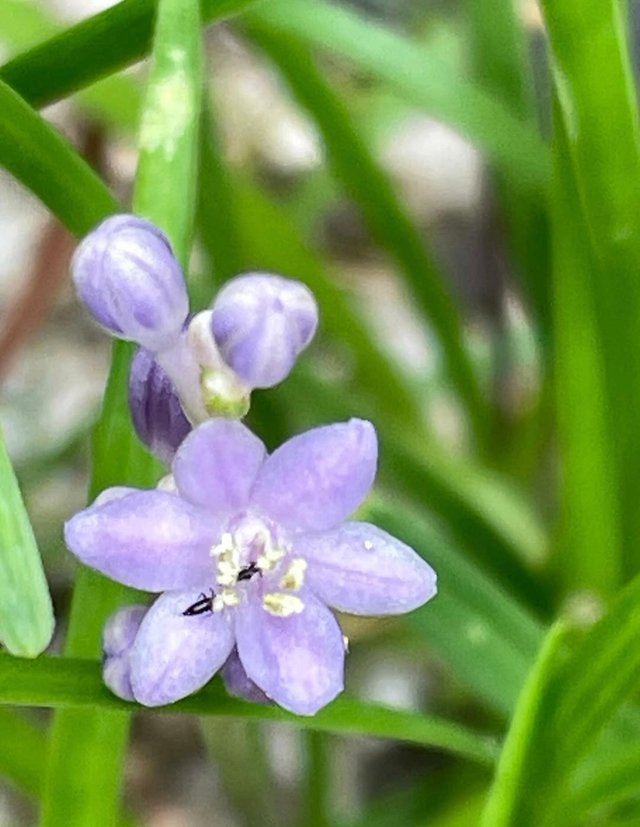Murdannia Flower
In the quiet corners of wetlands, forest floors, and streamside meadows, a small yet enchanting flower quietly blooms — the Murdannia. Often overlooked due to its subtle charm, the Murdannia belongs to the family Commelinaceae, commonly known as the dayflower or spiderwort family. With its dainty petals and ephemeral beauty, this flower is a testament to nature’s understated artistry.
The Murdannia genus consists of over 50 species, primarily found in tropical and subtropical regions across Asia, Africa, and Australia. These herbaceous plants often thrive in moist, shaded environments. One of the more well-known species is Murdannia nudiflora, also known as Naked-stem Dewflower. The plant usually has slender, grass-like leaves, and its small, three-petaled flowers range in color from lavender to pale blue, and occasionally even pink or white.Despite their delicate appearance, Murdannia species are quite hardy, with a creeping or ascending habit that allows them to cover ground efficiently — sometimes considered invasive in disturbed areas. Yet, in their native habitats, they play a crucial ecological role.
What makes the Murdannia flower particularly captivating is its short-lived blossoms. Like many in the Commelinaceae family, Murdannia flowers often bloom for just a single day, opening in the morning and wilting by evening. This fleeting nature has symbolic resonance in many cultures — representing the transience of life and the importance of appreciating beauty in the present moment.Though each flower may be short-lived, the plant continues to produce blooms throughout its flowering season, ensuring a continuous, if quiet, presence in the landscape.




